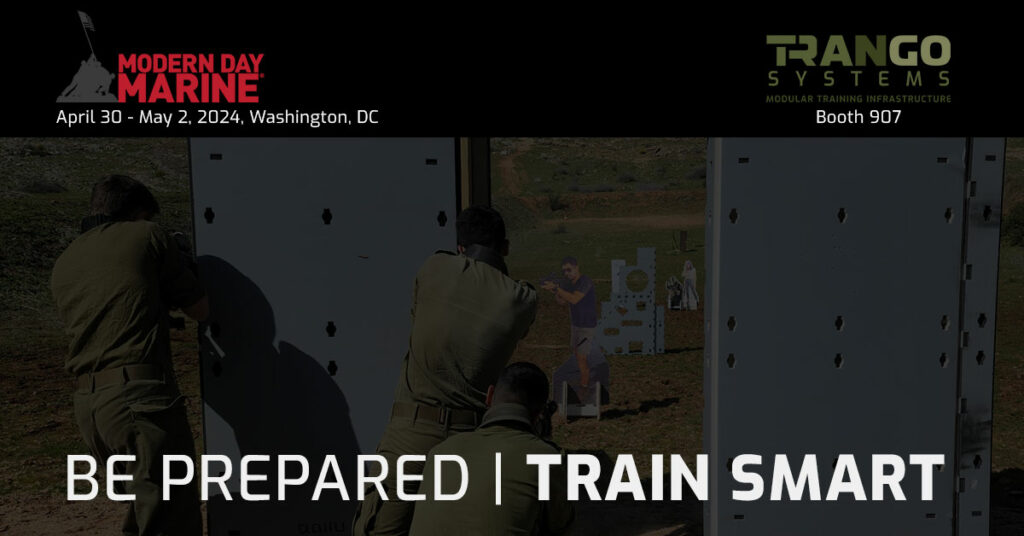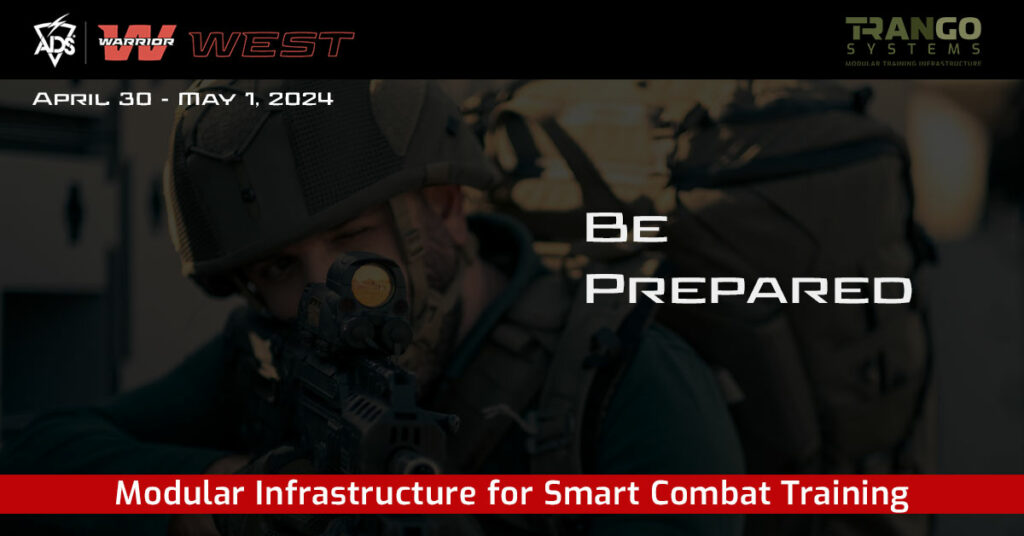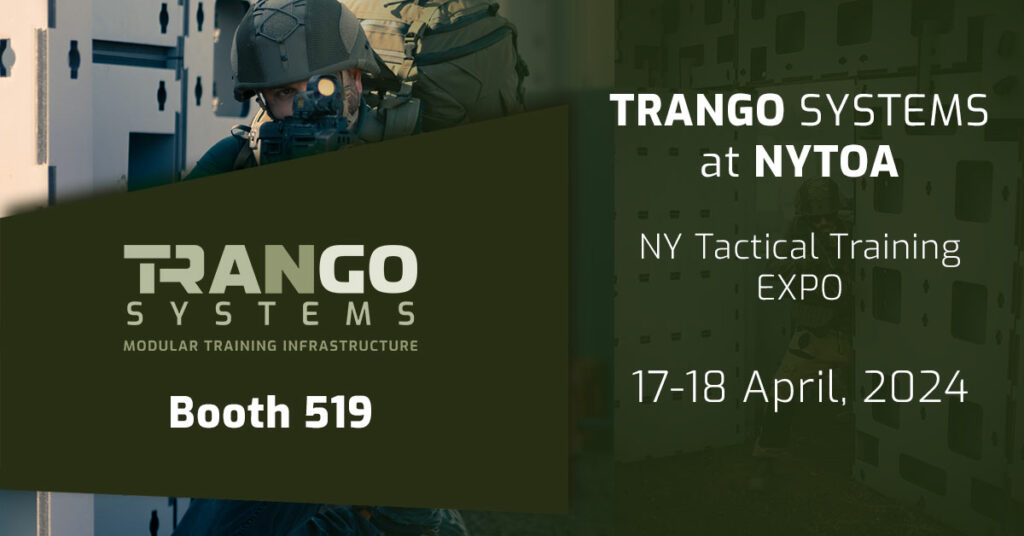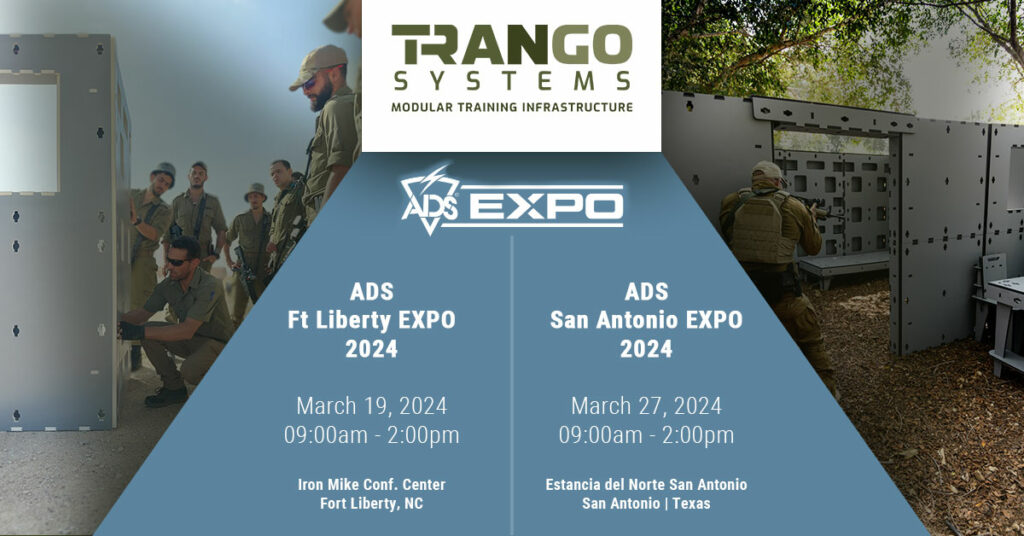Urban warfare stands as a testament to the complexity and brutality of modern conflicts. Within the dense mazes of city streets, buildings, and subterranean passages, soldiers and law enforcement units face various challenges that test their strategic and tactical skills along with ethical boundaries.
The urban battlefield is an ever-changing landscape, a complex environment where every street corner, window, and doorway could mark the difference between victory and defeat. As cities continue to grow, both in size and strategic importance, understanding the diverse scenarios of urban warfare becomes not just beneficial but essential for military strategists.
5 Scenarios of Urban Warfare
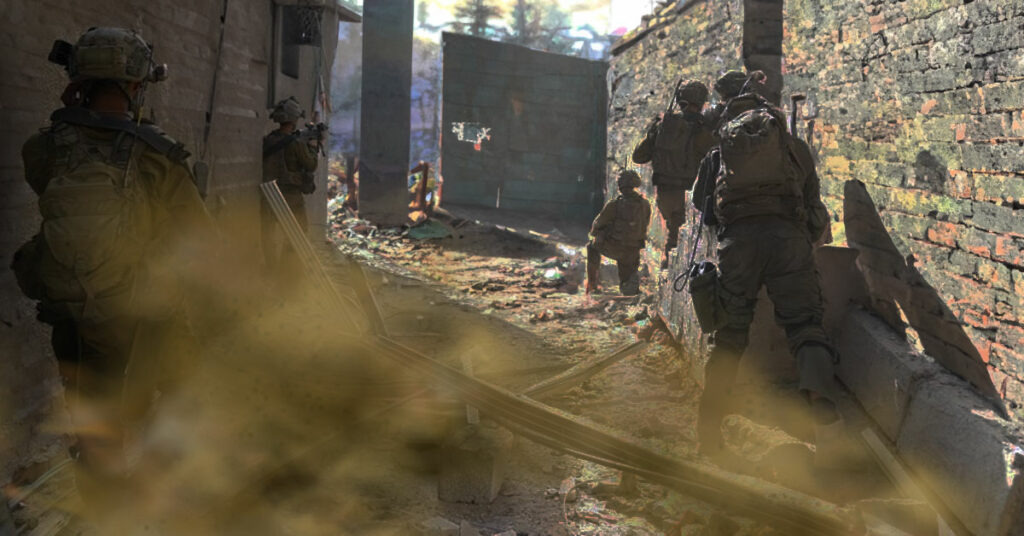
Scenario 1: House-to-House Fighting
House-to-house fighting embodies the personal and chaotic nature of urban warfare. Soldiers must navigate through a labyrinth of rooms, corridors, and staircases, where the enemy could be hiding behind any corner. This scenario demands not only physical abilities but also sharp mental acuity, as making split-second decisions can often mean the difference between life and death. The psychological toll on soldiers, constantly faced with the fear of ambush and the presence of civilians, adds another layer of complexity to this already challenging task.
The Key Challenges of House-to-House Fighting
- Identification and Discrimination: Distinguishing between combatants and non-combatants in dense urban settings is a persistent challenge, with moral and legal implications.
- Communication: Maintaining clear and secure lines of communication in the concrete jungle, where signals are easily blocked or intercepted, is crucial for coordinated operations.
Scenario 2: Snipers in Urban Canyons
The presence of snipers in urban warfare cannot be overstated. They transform the urban landscape into a dangerous ordeal for advancing forces. The psychological impact of sniper fire, the demoralization of troops, and the obstacles to movement are substantial. The counter-sniper operations, involving exploration, surveillance, and precision, highlight the cat-and-mouse game integral to urban combat.
The Key Challenges of the presence of Snipers
- Technological Adaptation: Utilizing advanced optics, drones, and counter-sniper technology becomes essential in identifying and neutralizing sniper threats.
- Urban Camouflage: The complexity of urban environments offers snipers numerous concealment options, complicating their detection and neutralization.
Scenario 3: Underground Warfare
The subterranean dimension of urban warfare presents a shadowy front that is both critical and complex. The control of underground pathways can provide strategic advantages, from facilitating surprise attacks to serving as shelters. Operations in this environment require specialized training and equipment to navigate the darkness, confined spaces, and potential for booby traps.
The Key Challenges of Underground Warfare
- Orientation and Navigation: GPS signals are often unreliable underground, requiring forces to rely on traditional navigation and orientation skills.
- Breaching Techniques: Gaining access to and securing underground networks often requires sophisticated breaching techniques that can safely open routes without causing widespread damage or civilian casualties.
Scenario 4: The Use of Civilian Population
The urban warfare scenario involving civilian populations underscores the profound ethical and tactical dilemmas faced by military forces. The enemy may embed themselves within civilian communities, exploiting the moral and legal obligations of opposing forces to avoid civilian casualties. This tactic not only shields combatants but also complicates targeting and engagement rules.
The Key Challenges when Civilian Population is engaged
- Rules of Engagement: Adapting rules of engagement to effectively deal with human shields and civilian-embedded enemy units while minimizing harm to civilians.
- Psychological Operations (PsyOps): Employing psychological operations to undermine the enemy’s use of civilians as shields and to encourage civilian cooperation with military forces.
Scenario 5: Siege and Blockage
The siege represents one of the oldest forms of warfare, adapted to the modern urban environment. The goal remains the same: to isolate and starve the enemy into submission. However, the presence of civilian populations within such areas introduces serious humanitarian challenges, necessitating careful planning and execution to minimize civilian casualties.
The Key Challenges of Siege and Blockage
- Humanitarian Operations: Coordinating with international organizations to provide humanitarian relief and support to civilian populations caught in the crossfire.
- Counter-Insurgency Operations: Conducting counter-insurgency operations to prevent the enemy from exploiting the civilian population for supplies and information.
Dedicated Training
To address the complexities and specific challenges of urban warfare, Trango Systems offers a comprehensive suite of modular training solutions designed to prepare combat units for a variety of urban combat scenarios. Trango’s modular training infrastructure includes advanced shoot houses, subterranean warfare training environments, and barricades, along with a wide range of accessories like shooting targets, 3D vehicles, and furniture kits to create realistic settings. These components are designed to enhance tactical skills, situational awareness, and decision-making under pressure.
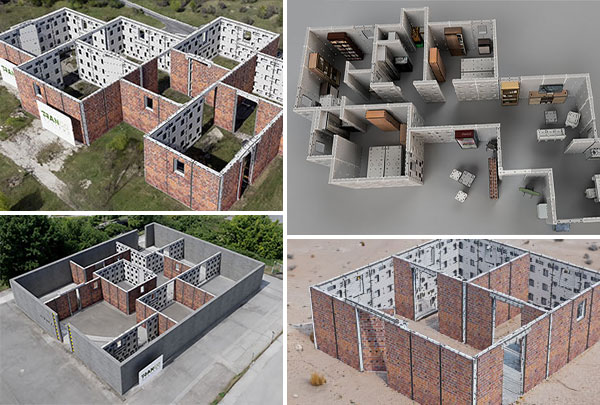
Trango Systems’ shoot houses are highly customizable, allowing for the simulation of diverse urban environments and scenarios. These modular structures can be reconfigured to match different architectural layouts. The inclusion of furniture kits and life-like Friend & Foe targets further enriches the training environment, providing a realistic backdrop for practicing room clearing, navigation, and engagement strategies.
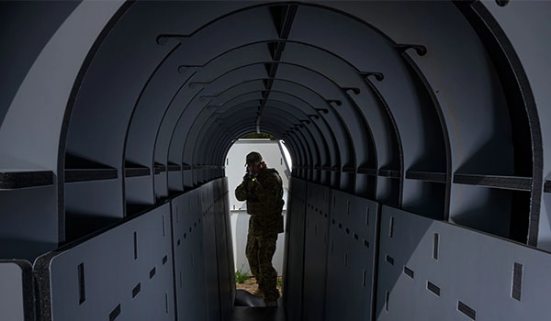
For subterranean warfare training, Trango Systems has developed environments that simulate underground settings, such as tunnels, to prepare units for the challenges of navigating and engaging in subterranean environments. This training is crucial for operations that involve the control of underground pathways, which can be strategic for surprise attacks.
The modular design of Trango’s training infrastructure supports rapid reconfiguration, catering to the dynamic nature of urban and subterranean combat. This flexibility is key for adapting to the ever-changing scenarios of modern warfare. Additionally, the training equipment is designed to be safe, durable, and cost-effective, with materials that can withstand extensive use and extreme weather conditions without risking safety through ricochets.
This detailed approach to training for urban warfare scenarios is essential for developing the comprehensive skill sets needed by military and law enforcement personnel. It underscores the importance of realistic, adaptable, and safe training environments to effectively prepare combat units for the diverse challenges they will face in urban and subterranean operations.


